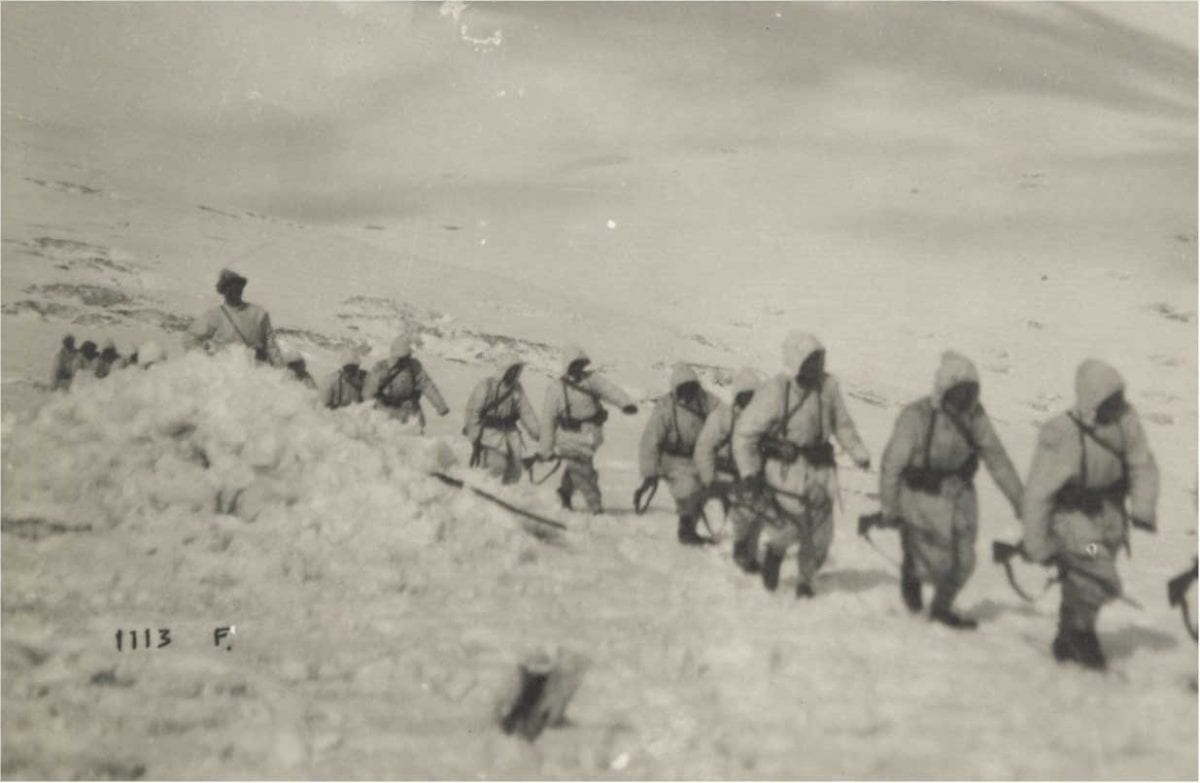

Mte Krn with Caporetto in Foreground Tenth Battle of the Isonzoīy 1917 Italy had agreed to coordinate its operations with its allies. The Tenth and Eleventh Isonzo Battles of 1917, therefore, are keys to understanding the collapse of the Italian army that followed at Caporetto. This accelerating rate of loss must have compounded the doubts and stresses felt by men already trapped in an endless war of annihilation. In the two offensives of 1917 they would see 76,000 more die. In raw life and death terms, the survivors of the nine offensives waged through the end of 1916 had seen about 70,000 of their comrades killed. And, if the first nine battles of the Isonzo had pushed morale downward, the offensives of Spring and Summer 1917 shoved it off of a cliff. He wrote, "These positions were usually on the rougher mountain areas, dominated by an invisible enemy, where.Headquarters were unavoidably far from the front line, out of touch with the troops."īut, as far as we can tell from firsthand accounts, it was, most concretely, the endless and apparently pointless war of attrition on the Isonzo that magnified the psychological toll.

Also, as pointed out by historian Luigi Villari, there was a problem of isolation primarily amongst the troops of the Second Army assigned to high mountain posts. Additionally, the brutal treatment they received from the high command ranging from frequent executions to a policy of minimal leave time furthered the sense of oppression. It must have seemed to the mostly Catholic Italian soldiery that everyone but their generals thought the war was a bad idea. Certainly, pacifistic and defeatist propaganda from within Italy combining with the Pope's call for the war to end contributed to this. As quoted above, he identified moral considerations as the major determinant in warfare.īy October 1917, the moral and psychological well being - the morale - of the Italian troops on the Isonzo had reached bottom. A clue as to what must have happened at Caporetto was given a century earlier by a prior veteran of the Isonzo sector, Napoleon Bonaparte. These matters will be discussed in La Grande Guerra's article on Caporetto - but, when entire battalions surrender without fully engaging their opponents, relative skills in the arts of generalship seem inadequate to explain things. In that battle there were many tactical shortcomings demonstrated by Cadorna and his subordiantes and the Central Powers successfully applied the new "Hutier" or shock tactics. The joint German and Austro-Hungarian assault would break open the Isonzo line, destroy the Italian Second Army and remove 275,000 Italian soldiers, almost all of them as captives, from the battlefield. In October of 1917 the most famous battle of the Great War on the Italian Front, Caporetto - fought along the Isonzo - would result in near catastrophe for Italy. In war, moral considerations make up three-quarters of the game the relative balance of manpower accounts only for the remaining quarter. La Grande Guerra: The Italian Front, 1915 -1918 - The Isonzo 1917


 0 kommentar(er)
0 kommentar(er)
